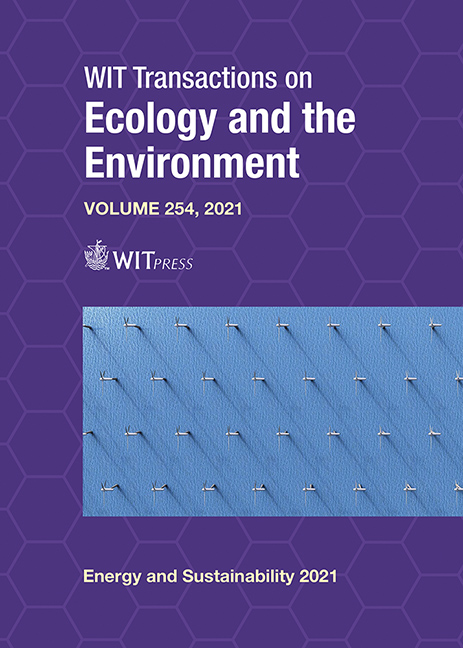IMPLEMENTING THE NEARLY ZERO-ENERGY BUILDINGS NOTION IN INDUSTRIAL FACILITIES
Price
Free (open access)
Transaction
Volume
254
Pages
11
Page Range
151 - 161
Published
2021
Size
279 kb
Paper DOI
10.2495/ESUS210141
Copyright
Author(s)
SIMONA MARINELLI, RITA GAMBERINI, BIANCA RIMINI, FRANCESCO NESI
Abstract
Buildings have a central role to play in the energy transition driven by the European Commission with the introduction of the nearly zero-energy buildings notion for both new constructions and existing building stocks. Despite the growing interest in improving the energy performance of residential as well as office buildings, a research gap is identified in the field of the renovation of industrial buildings and facilities in terms of energy efficiency. A lack is recognized in terms of analysing the improvement of the work environment in all the areas that are not used as offices. Common decarbonisation strategies are usually adopted, as the electrification of some processes, the replacement of obsolete machinery or the implementation of renewable energy sources. However, reaching the ambitious levels set by the Energy Performance of Buildings Directive which aims at nearly zero-energy buildings, remains a challenge. The present paper aims to analyse the main barriers that hamper the development of highly energy efficient and decarbonised buildings in the productive sector and the effective deep energy renovations of industrial facilities. Moreover, it intends to highlight alternative strategies and opportunities and to underline potential benefits.
Keywords
sustainable buildings, nearlyzero-energy, industrial buildings, precast constructions, indoor environmental quality





